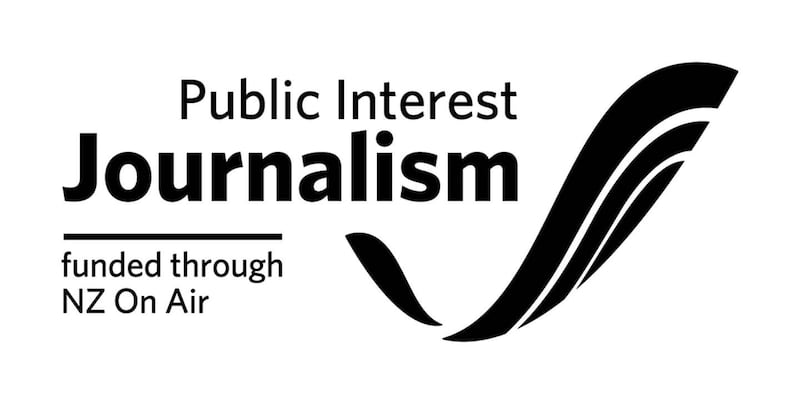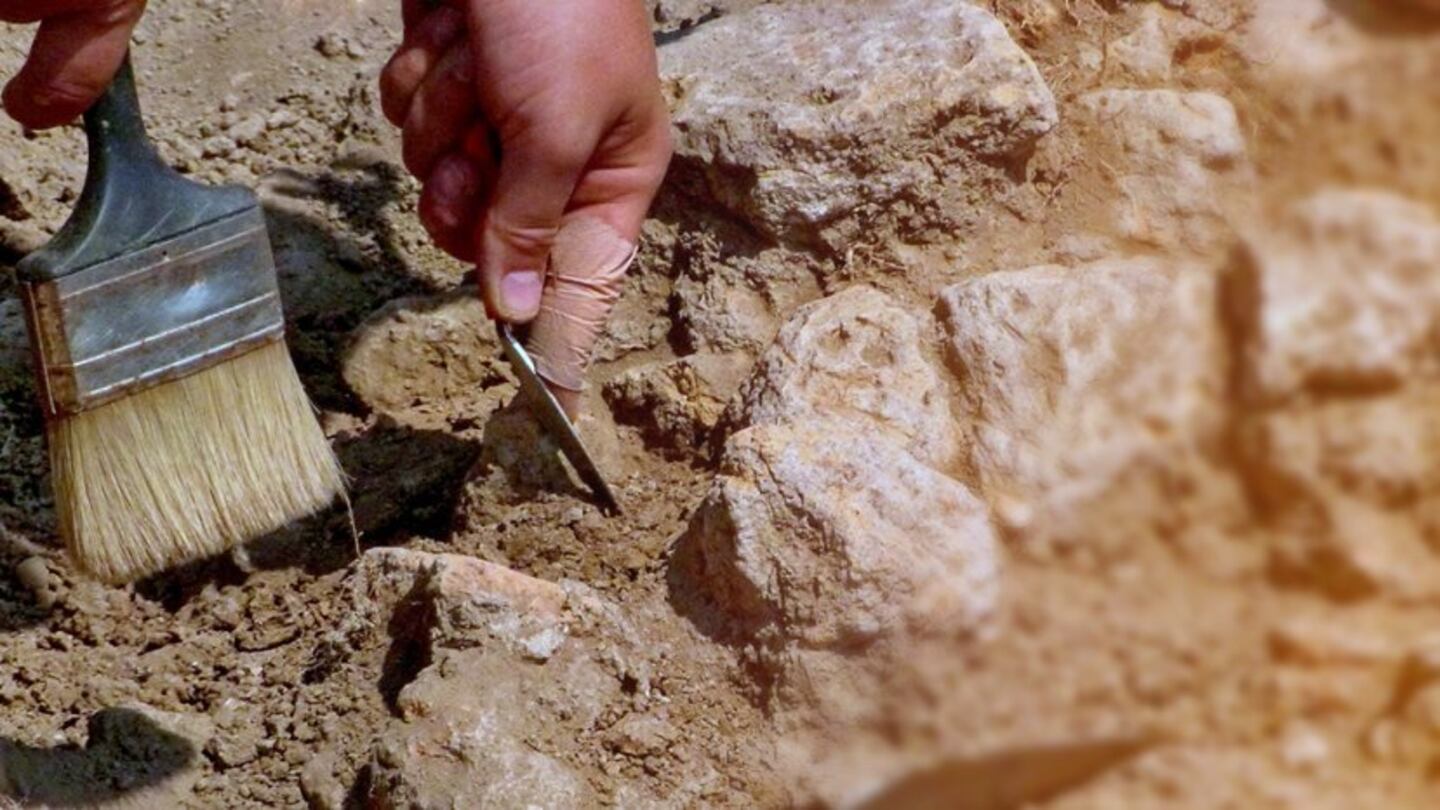New archaeological research has narrowed down the timeline of early Māori settlement of Aotearoa New Zealand as early as the mid-13th century.
Dr Magdalena Bunbury from James Cook University in Queensland has found evidence using radiocarbon dating, as part of her studies into Māori culture.
For decades initial human settlement has been estimated to have happened between the twelfth and fourteenth centuries. The first European settlers did not arrive in New Zealand until the 1840s.
It’s been believed that Māori had settled in the country more than 700 years ago but Bunbury says the North Island was settled between AD 1250 and AD 1270, and the South Island settled between AD 1285 and AD 1290. In those latter years, the hunting of moa began and human population grew rapidly.
How Māori came to Aotearoa earlier than expected
The research includes an investigation that radiocarbon-dated 145 archaeological sites in the South Island and and 436 in the North Island, with materials such as moa eggshells and charcoal studied further from those sites.
“The difference between our study and previous studies is that previous studies were more focused on a particular material type. For instance, rat bone would represent the spread of rats but not necessarily human arrival," Bunbury says.
“It has been argued that rats arriving was because of the humans but it doesn’t really tell us much about human occupation.”
The study also tracks through the Little Ice Age that put the South Island’s population under pressure, which the study found to be during AD 1350 and AD 1420.
“But with a lack of moa and also colder temperatures a large amount of the population had to relocate to the North Island, not because it’s warmer but because the soil is better for horticulture for their crops such as sweet potatoes and others.”




